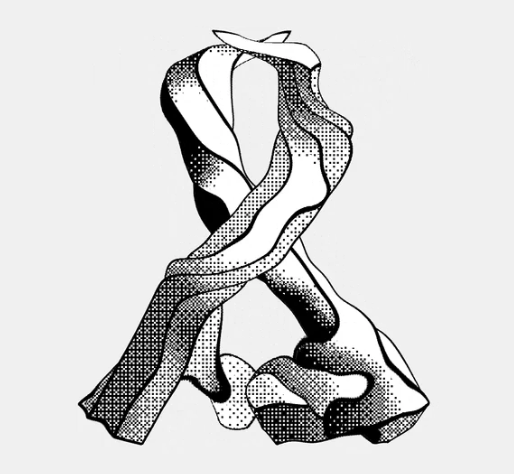GrappleHat
- 0 Posts
- 12 Comments

 13·4 months ago
13·4 months agoLooked up “cromulent” in the dictionary. Wasn’t disappointed!!

 973·4 months ago
973·4 months agoThe chances of a deal are said to be weeks away, if not non-existent.
What kind of non-sentence is that?

 2·5 months ago
2·5 months agoA couple of ideas:
Encoding holograms
- Model the object in 3D space (using Blender maybe?)
- Use the Angular Spectrum algorithm to model light propagation, its interaction with the object, and it hitting the recording medium.
- Your final recorded hologram should have two maps (aka “images”) across (x, y): a map of the light’s amplitude and another of its phase offset. This is your recorded hologram.
Decoding holograms:
- Use the angular spectrum algorithm again except reverse the light’s propagation direction. The amplitude and phase maps from the encoding phase are the initial conditions you’ll use for the light.
- The light’s amplitude and phase information you calculate at various planes above the recording plane are the 3D “reconstructed” image.
Last thought
Holography is often used to record information from the real world, and in that process it’s impossible to record the light’s phase during the encode step. Physicist’s call it “the phase problem” and there are all kinds of fancy tricks to try to get around it when decoding holograms in the computer. If you’re simulating everything from scratch then you have the luxury of recording the phase as well as the amplitude - and this should make decoding much easier as a result!
Adnausium sounds really cool! How similar is it to uBlock in practice? (I don’t want to lose the great performance of uBlock)
Well, here’s a list. If you write a script please share it, but it looks like quite an endeavor…
It’s been fun! Thanks for starting the community & for all of the posts. They are very unique and interesting! Be well!
I had the same thought!!! But I didn’t think anyone would know the reference!

 21·10 months ago
21·10 months ago-
Making Sense: Centrist & atheist host talks politics, ethics, philosophy issues with guests.
-
Huberman Lab: Science-based health advice
-
I hadn’t seen that, thanks!! I was also among those confused when Signal pulled SMS, but now it finally makes sense.
Signal could have done better PR to explain the “why” at the time.

 4·1 year ago
4·1 year agoI use “Yet Another Call Blocker” on F-Droid. Works great.


Console version of dungeon crawl stone soup